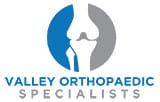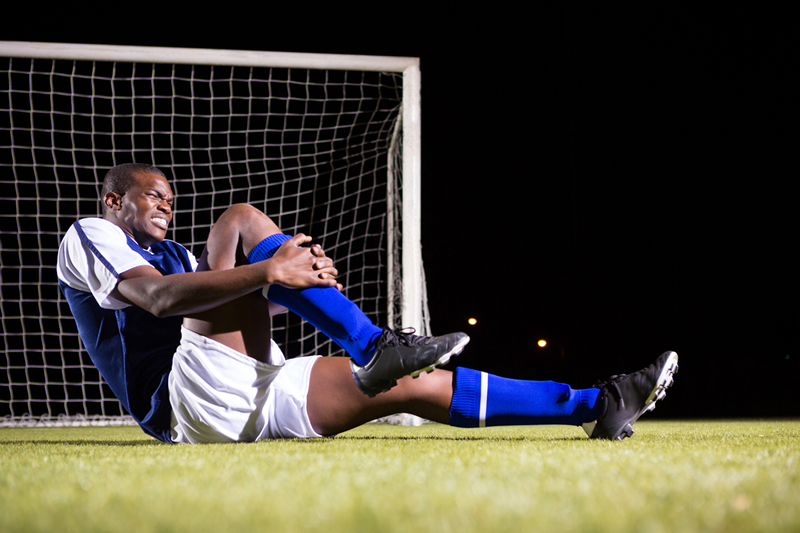Have you recently experienced knee pain that seems persistent? Are you worried it might be an ACL tear, yet unsure about the location of your ACL or its symptoms?
Being in pain is no fun, and our heart goes out to all who are dealing with knee pain. We at Valley Orthopaedic Specialists want to provide you with the information you need to help you resolve the pain and get back to your life. We will dive into where your ACL is located, the sensations associated with a tear, and the available treatment options for an ACL Injury.
Where is Your ACL?
Let’s begin by clarifying the acronym ACL, which stands for anterior cruciate ligament. Positioned at the center of your knee, the ACL links your thighbone (femur) to your shinbone (tibia). This ligament plays a pivotal role in knee stability, by preventing excessive forward movement of the shinbone. Its structural integrity is integral to maintaining proper knee function and preventing injury.
What Does a Torn ACL Feel Like?
Understanding what an ACL tear feels like and what torn ACL symptoms to look out for is important for recognizing and addressing the injury effectively. When the ACL tears, it’s often accompanied by a sudden and distinct popping sound or a popping sensation within the knee joint. Immediately following the injury, you will feel severe pain, making it difficult or impossible to continue with normal activities. Swelling of the knee usually develops rapidly, either within minutes or hours after the injury. The swelling of your knee may last for an extended period of time and will be very noticeable. Alongside swelling, you may experience a noticeable decrease in the range of motion and stability of your knee. With a torn ACL If you attempt to bear weight on your knee, you will feel severe pain and instability. If you are dealing with any of the symptoms listed above, then you may have an ACL injury and it’s recommended that you seek medical attention immediately for proper diagnosis and treatment and to prevent additional damage to your knee.
Treatment For an ACL Tear?
If you suspect you have a torn ACL, prompt treatment is crucial. The first step after such an injury is to seek immediate medical attention at a doctor’s office or emergency room to prevent further damage. Additionally, it is advisable to apply RICE (Rest, Ice, Compression, Elevation) as soon as possible following the injury to alleviate pain and reduce swelling. Upon consultation with a doctor, they may recommend wearing a brace to stabilize the joint or using crutches to minimize weight bearing on the knee.
When it comes to the treatment of an ACL tear, it depends on the severity of the tear to determine whether you will need surgery or not. Usually with a small ACL tear surgery isn’t necessary. For complete tears or partial tears affecting knee stability, arthroscopic surgery might be necessary. Usually, athletes need surgery after an ACL tear especially if the athlete plays a sport that causes them to make sharp movements. Additional reasons for surgery would be due to injuring more than one ligament in your knee, or if the injury is causing your knee to buckle when doing normal activities. If surgery is required then physical therapy will be necessary to regain strength, range of motion, and stability.
Valley Orthopaedic Specialists: Leading the Way as ACL Experts in the Field
Whether you have knee pain due to another issue or you think you may have torn your ACL, Valley Orthopaedic Specialists is here to help. At VOS we try to treat your injury without surgical intervention. We offer onsite diagnostic x-rays, physical therapy, injections, casting, and bracing services. If surgery is necessary, we also offer innovative minimally invasive surgery options.
Take the first step towards a life free from pain by reaching out today!

